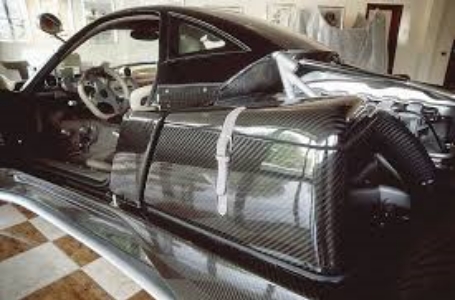According to latest market report published by Persistence Market Research “Global Market Study on Automotive Composites: Polymer Matrix Composites to be the Largest Segment by 2022”, the global automotive composites market is expected to increase by 2022 at a CAGR of 8.8%. Increasing urban population due to rising industrialization, particularly in developing countries such as India and China, is encouraging the establishment of automotive manufacturing facilities in these regions. Increasing automobile production is expected to fuel the overall demand for carbon composites in the near future. In addition, increasing carbon emissions due to rising number of vehicles over the last few decades is prompting governments worldwide to revamp various aspects in order to adhere to environmental norms and regulations, particularly with emphasis on reduction of carbon emissions from vehicles. Automakers are focused towards using lightweight materials to manufacture external and internal parts of vehicles in order to reduce vehicle weight, and in turn improve fuel efficiency. This is a major factor driving growth of the automotive composites market. Additionally, consumers are more inclined towards purchasing lightweight and fuel-efficient vehicles due to increasing fuel prices over the last decade. This is influencing automakers to invest in R&D initiatives with regard to lightweight materials to manufacture exterior as well as interior parts of vehicles. Composites with properties such as easy to process, high tensile strength, lightweight, good corrosion resistance and surface tension are ideal for manufacturing lightweight and fuel-efficient vehicles. Region-wise, the report covers North America, Europe, Asia-Pacific, and Rest of the World. Asia-Pacific is the largest market for automotive composites. Increasing domestic production of vehicles along with increasing disposable income is driving growth of the automotive composites market in Asia Pacific. However, one of the major factors contributing to growth of the automotive composites markets in North America and Europe is stringent CO2 emission norms in these regions. In this report, the automotive composites market has been segmented on the basis of composite material (polymer matrix composites, metal composites, and ceramic matrix composites), manufacturing process (manual, compression, injection and continuous, and other), composite component (interior components, exterior components, engine and drivetrain components, and others) by value (US$ Mn), and region (North America, Europe, Asia-Pacific, and Rest of the World). The global automotive composites market is highly consolidated, with the top four players accounting for between 70 and 75% market share.













